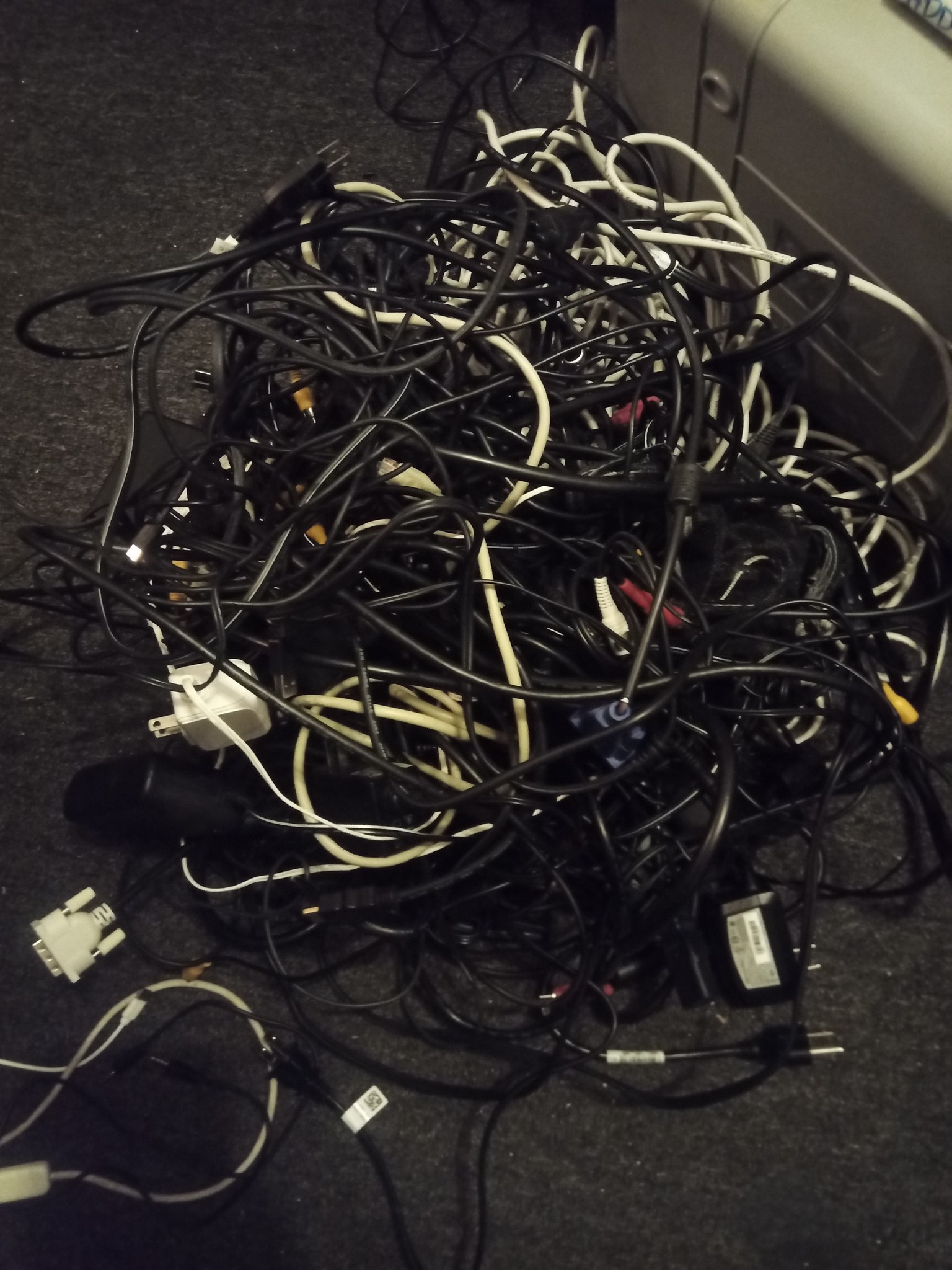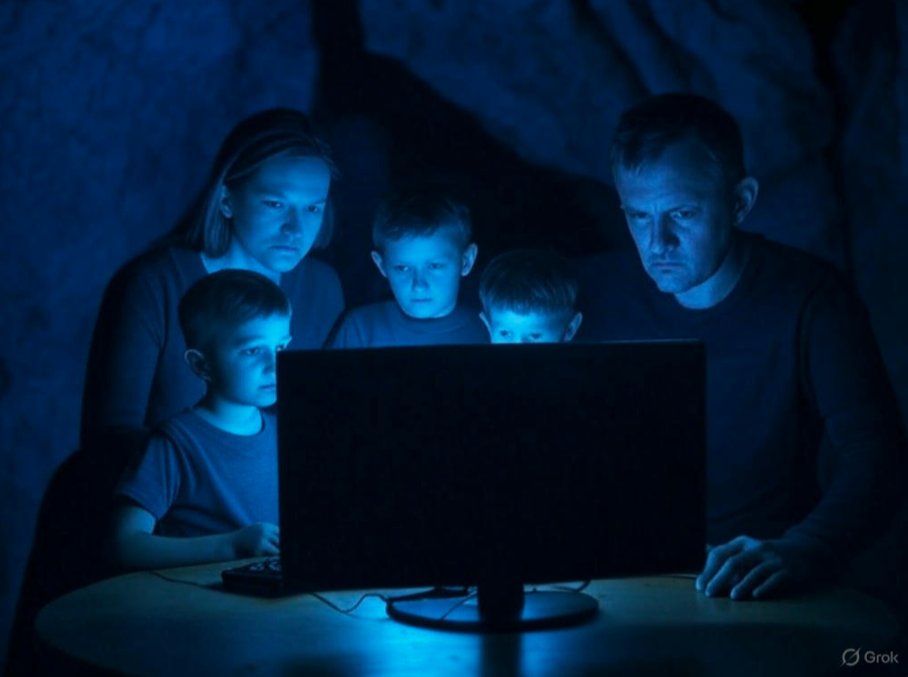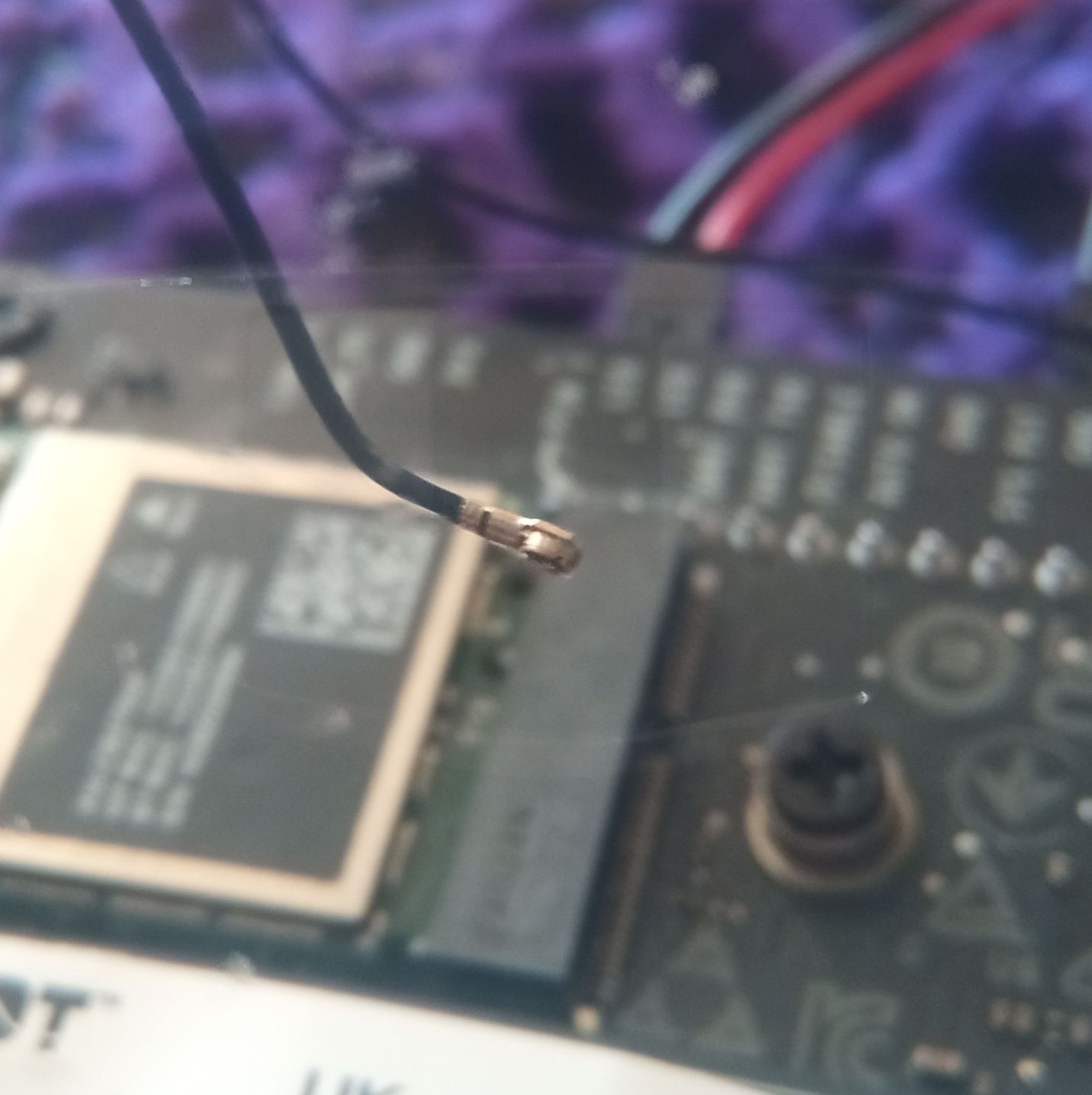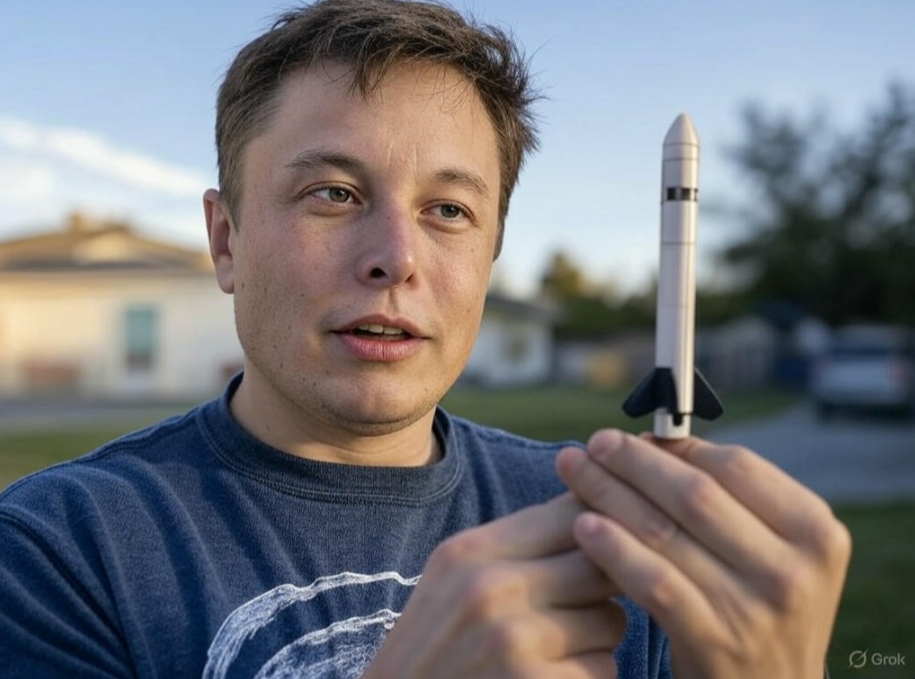8 min read
0
Mycobacterium avium subsp. paratuberculosis (MAP) in Milk: A Potential Vector in Autism Development in Children
Introduction The rising prevalence of autism spectrum disorders (ASD) has spurred extensive research into potential environmental and biological triggers. While much attention has been given to factors such as aluminum in vaccines, emerging evidence suggests that Mycobacterium avium subsp. paratuberculosis (MAP), a resilient bacterium linked to Johne’s disease in ruminants, may play a significant role. Found in milk and dairy products, including baby formula, MAP’s potential as a vector in autism development warrants closer examination. This article explores the historical evolution of MAP from its origins in Johne’s disease, its adaptation into a resistant superbug due to antibiotic use in livestock, and its hypothesized link to autism, drawing on pioneering research by Thomas J. Borody, John Aitken, and Rodrick Chiodini. Historical Context: From Johne’s Disease to MAP as…










